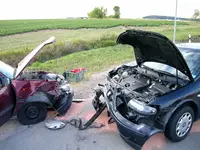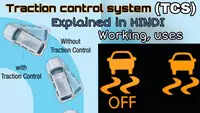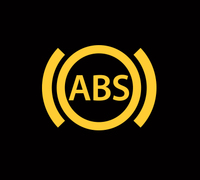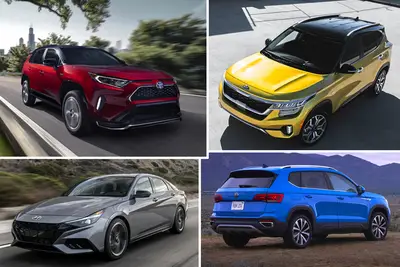5 Safety Features Found in Modern Cars
Our cars are getting safer and safer all the time. Modern safety features built into them to keep us unharmed during normal operation or during an accident are essential for keeping us safe. Here are five of the most useful and common safety features included in modern cars.
 |
1. Crumple Zones
All modern cars are rated for safety by an organization called the NCAP (New Car Assessment Programme), along with regional safety programs – like the US NCAP. These tests are rigorous and assess cars for safety on several factors. Perhaps the most publicized of these is the crash test, in which the crumple zones and occupant safety is tested and rated. The NCAP rating of your car affects many things, most notably the amounts you’re likely to see in a car insurance quote online.
2. Airbags
Airbags have been a safety staple in modern cars for a while now, and they’re one of the most important. If you’re lucky, you’re never going to need them, and they’ll stay ready and waiting to deploy for the entire lifetime of the car. Airbags are positioned around the car’s cabin at points where your body is likely to impact in the case of an accident like the steering wheel, dashboard and sides of the car. These life-saving additions to the modern car are a must if you’re serious about safety.
3. Electronic Stability Control
Electronic Stability Control (also called ESP or ESC) is a newer safety feature that can detect when any of your car’s wheels suffer from a loss of traction and dynamically applies your brakes automatically to stop the car from skidding out of control. It can apply brakes to a single wheel, and even stop the engine power is applied to a specific wheel if it’s required. Most modern cars made after about 2012 will feature some form of Electronic Stability Control, but you should look out for it when you’re buying a new car.
4. Traction Control
 |
Traction control differs from Electronic Stability Control in that it’s in use during acceleration and doesn’t assist with cornering or turning. Traction control is an electronic system that limits how much your car’s wheels can spin during acceleration, making sure that your wheels have the maximum traction possible at any time no matter what the road conditions are. In combination with anti-lock brakes, traction control is an important safety feature in modern cars.
5. Anti-lock Brakes
 |
As their name implies, anti-lock brakes stop the wheels from locking and skidding when you brake hard or too quickly. Locked wheels can cause your car to spin out of control, and the anti-lock braking system applies brakes in pulses instead of constantly to prevent this.
Of course, while all of the above are great safety features, it’s still important to ensure you have auto insurance to cover you should an accident happen. Sometimes all the tech in the world is unable to prevent an accident. It’s important that you get the right policy for you to ensure you don’t overspend and appropriately covered. The vehicle you drive is one option to consider, as to whether you drive a van or a classic car that could impact the policy you get. Age is another factor, as over 50s can access the AARP car insurance program, saving a considerable amount on your car insurance.
Ultimately as the vehicle you drive impacts your insurance cost, it’s important that you consider this before buying. The safety features listed above that are found in modern cars are what can make insurance cheaper. Whereas older cars that pass fewer safety tests naturally end up costing more.
A car safety feature will never replace alertness and driver skill and training, but it’s nice to know that we’re being assisted by modern technology that’s working to keep us and others safer when we’re behind the wheel.



